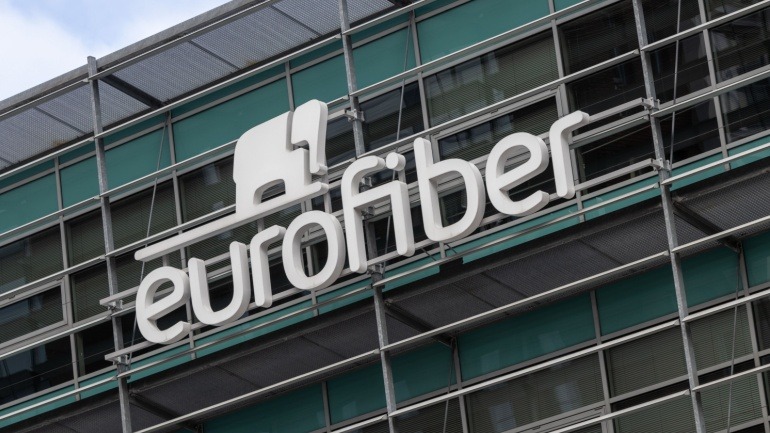As per projections from Dell’Oro Group, the global resurgence in 5G is unlikely to reverse a downturn in the radio access network (RAN) equipment market. The market for RAN equipment witnessed stagnant revenues last year and is forecasted to diminish at a negative compound annual growth rate (CAGR) of 1% over the next five years. Interestingly, this trend aligns with a predictable industry cycle.
In the rollout phase of a new generation of mobile technology, markets usually experience high growth rates. For instance, between 2017 and 2021, RAN market growth soared to 40%-50%. The stagnation usually sets in as the operators conclude their spending cycle.
However, there’s still room for capturing more of the global 5G spend. By 2027, the analyst firm projects an expansion of 5G RAN by 20%-30%. Yet, this is unlikely to counterbalance the steep plunge in LTE investment. The growth pace in fixed wireless access and enterprise 5G and LTE networks is also not adequate to tip the scales.
Stefan Pongratz, Dell’Oro’s Vice President, expresses that with the unexpected absence of a novel capex cycle from 5G-Advanced, the industry is keenly anticipating how far the RAN market will descend before 6G comes into play.
The plight isn’t confined to RAN. Manufacturers catering to mobile core equipment are confronting challenges. Dell’Oro has consistently scaled down its forecasts for the mobile core network market, most recently attributing this to the deceleration of customer growth. The global mobile core network market is forecasted to grow at a CAGR of only 1% over the next half-decade.
“We have pulled down our forecast for the third time successively, fundamentally due to an expected tapering off in subscriber growth,” stated Dave Bolan, Research Director at Dell’Oro Group.
Bolan also shared that expectations for the Multi-Access Edge Computing (MEC) market have fallen. Now, the projected CAGR of this market is at 31%. Enterprise applications viable for commercial purposes have been slower than expected in developing. Considering economic factors such as inflation, possible recession, and political conflicts, Mobile Network Operators (MNOs) are exercising restraint in capital expenditure, exerting further pressure on the market.
In the first half of 2023, Vodafone was among the few MNOs to commercially deploy new 5G Standalone (5G SA) networks. However, Dell’Oro forecasts year-on-year growth rates in mobile core network revenues to flatline by 2026 before turning negative the following year. Given that it’s unlikely for 6G to take up the slack by then, vendors could be anticipating a few tricky years ahead.







